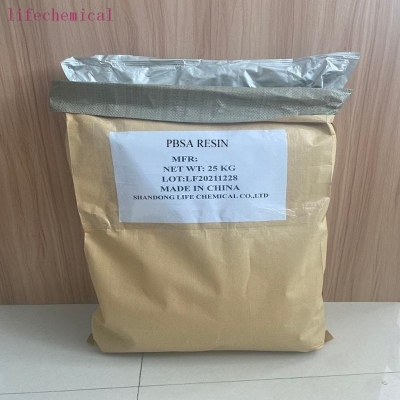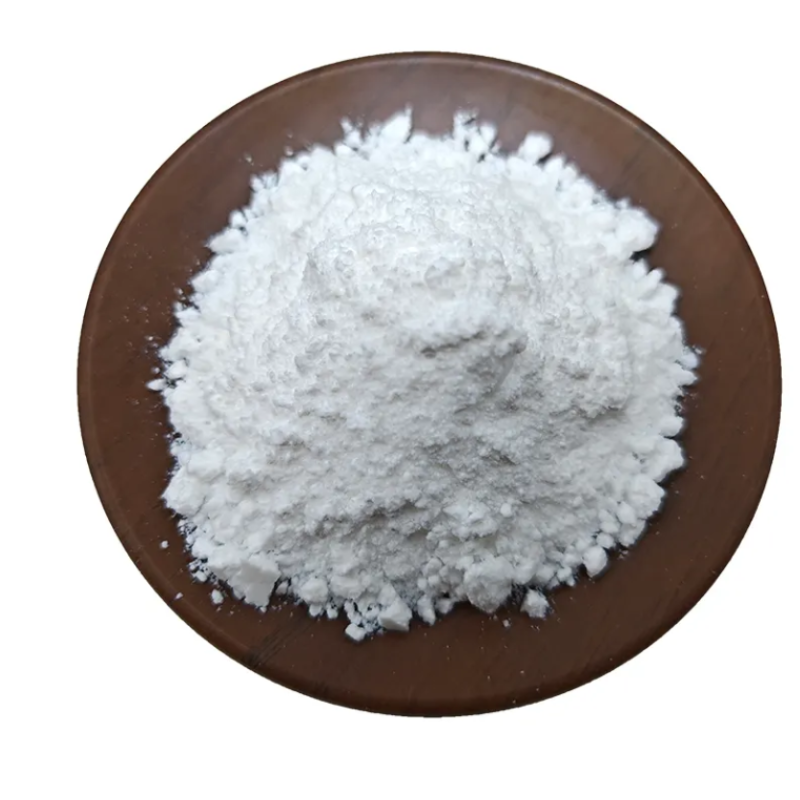-
Categories
-
Pharmaceutical Intermediates
-
Active Pharmaceutical Ingredients
-
Food Additives
- Industrial Coatings
- Agrochemicals
- Dyes and Pigments
- Surfactant
- Flavors and Fragrances
- Chemical Reagents
- Catalyst and Auxiliary
- Natural Products
- Inorganic Chemistry
-
Organic Chemistry
-
Biochemical Engineering
- Analytical Chemistry
-
Cosmetic Ingredient
- Water Treatment Chemical
-
Pharmaceutical Intermediates
Promotion
ECHEMI Mall
Wholesale
Weekly Price
Exhibition
News
-
Trade Service
The first low-speed sodium-ion battery electric vehicle was demonstrated in the campus of the Institute of Physics, Chinese Academy of Sciences
.
The electric vehicle was launched by Zhongke Hai Na Technology Co.
, Ltd.
, which was established by relying on the sodium ion battery technology of the Institute of Physics, Chinese Academy of Sciences
.
Based on years of research on lithium batteries, the researchers of the institute have independently developed a sodium-ion battery system with completely independent intellectual property rights.
They have achieved a number of technical achievements in key materials such as battery cathodes, anodes, electrolytes, additives, and adhesives.
And applied for more than 30 invention patents
.
The battery system uses resource-rich sodium as the active element, and low-cost sodium-copper-iron-manganese oxide and anthracite-based soft carbon are selected for the anode and cathode materials, which have obvious cost advantages
.
At present, the energy density of sodium-ion batteries has reached 120Wh/kg, which is about three times that of lead-acid batteries
.
Low-cost sodium-ion batteries are expected to find applications in low-speed electric vehicles, electric boats, home energy storage, grid energy storage and other fields
.
? The technological achievements have been completed in the industrialization base of Zhongke Haina from basic research and development of electrode materials to scale-up preparation and production, from materials to batteries, from single cells to battery modules, and from battery components to low-speed electric vehicles.
Industrial application
.
? The "Key Points for Standardization of New Energy Vehicles in 2018" released in March 2018 included low-speed electric vehicles in the category of new energy vehicles for the first time
.
At present, more than 90% of low-speed electric vehicles use lead-acid batteries as their power source.
Lead-acid batteries have certain advantages in terms of cost, but their lifespan is generally only 1 to 2 years, and waste batteries can cause environmental pollution
.
For low-speed electric vehicles to achieve long-term development, it is necessary to develop battery technologies with better overall performance and environmental protection
.
.
The electric vehicle was launched by Zhongke Hai Na Technology Co.
, Ltd.
, which was established by relying on the sodium ion battery technology of the Institute of Physics, Chinese Academy of Sciences
.
Based on years of research on lithium batteries, the researchers of the institute have independently developed a sodium-ion battery system with completely independent intellectual property rights.
They have achieved a number of technical achievements in key materials such as battery cathodes, anodes, electrolytes, additives, and adhesives.
And applied for more than 30 invention patents
.
The battery system uses resource-rich sodium as the active element, and low-cost sodium-copper-iron-manganese oxide and anthracite-based soft carbon are selected for the anode and cathode materials, which have obvious cost advantages
.
At present, the energy density of sodium-ion batteries has reached 120Wh/kg, which is about three times that of lead-acid batteries
.
Low-cost sodium-ion batteries are expected to find applications in low-speed electric vehicles, electric boats, home energy storage, grid energy storage and other fields
.
? The technological achievements have been completed in the industrialization base of Zhongke Haina from basic research and development of electrode materials to scale-up preparation and production, from materials to batteries, from single cells to battery modules, and from battery components to low-speed electric vehicles.
Industrial application
.
? The "Key Points for Standardization of New Energy Vehicles in 2018" released in March 2018 included low-speed electric vehicles in the category of new energy vehicles for the first time
.
At present, more than 90% of low-speed electric vehicles use lead-acid batteries as their power source.
Lead-acid batteries have certain advantages in terms of cost, but their lifespan is generally only 1 to 2 years, and waste batteries can cause environmental pollution
.
For low-speed electric vehicles to achieve long-term development, it is necessary to develop battery technologies with better overall performance and environmental protection
.







